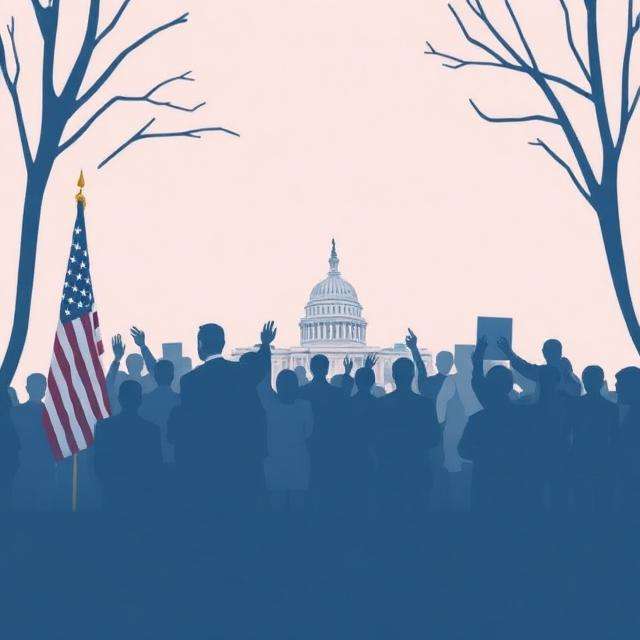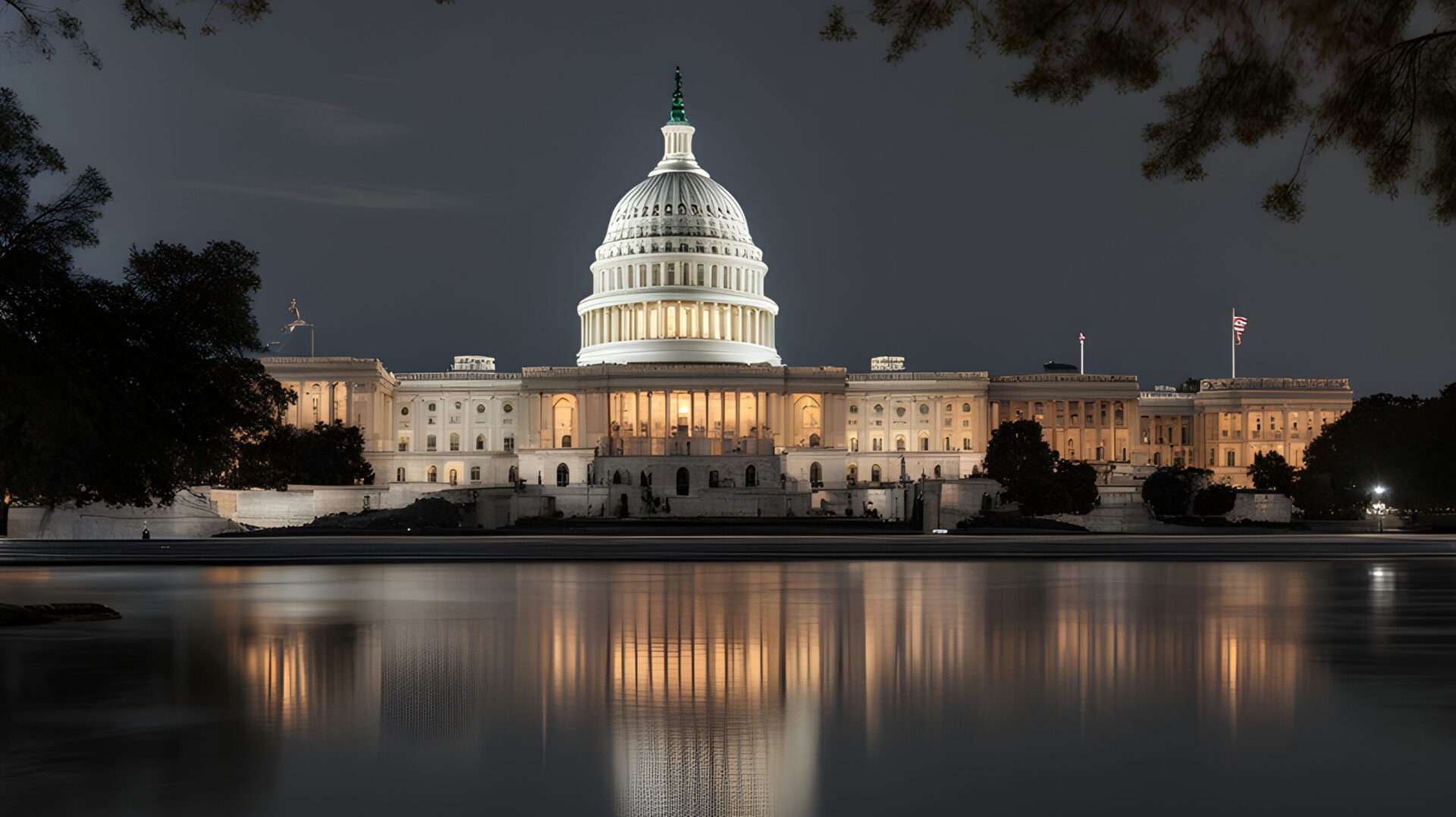
Note: Political Awareness never authorizes any candidate or their committees to publish its communication.
Why Campaign‑Finance Transparency Is the Bedrock of a Healthy Democracy
Every election season, headlines explode with slogans, sound bites, and endless speculation about who will win. Beneath the spectacle lies a quieter, yet far more consequential battle: the fight for transparency in campaign financing. When voters know who is funding the messages they receive, they can better assess motives, weigh policies, and hold elected officials accountable. This article breaks down why campaign‑finance transparency matters, how the current U.S. framework works, and what reforms are gaining traction as we head toward the 2026 midterm elections.
1. The Mechanics of Campaign Funding
a. Sources of Money
Individual Contributions – Donations from private citizens, capped at $3,000 per candidate per election cycle (as of the 2024 amendments).
Political Action Committees (PACs) – Organizations that pool contributions from members to support or oppose candidates. Traditional PACs face a $5,000 contribution limit per candidate.
Super PACs – Independent expenditure‑only groups that can raise unlimited sums from individuals, corporations, and unions, provided they do not coordinate directly with campaigns.
Dark Money Groups – 501(c)(4) social welfare organizations and 527 groups that can spend on political advocacy without disclosing donors.
b. Disclosure Requirements
Federal law obliges candidates, parties, and PACs to file regular reports with the Federal Election Commission (FEC). These filings detail donor names, contribution amounts, and expenditures. However, loopholes allow certain entities—especially dark‑money groups—to skirt full disclosure, creating opaque funding streams.
2. Why Transparency Matters
Informed Decision‑Making – Voters can evaluate whether a candidate’s stance aligns with the interests of their backers. Knowing that a candidate receives substantial funding from fossil‑fuel interests, for example, helps voters gauge potential policy bias.
Deterrence of Corruption – Public scrutiny discourages quid‑pro‑quo arrangements. When contributions are visible, the incentive to trade favors for money diminishes.
Equitable Political Participation – Transparency levels the playing field by exposing when a handful of wealthy donors dominate the discourse, prompting calls for reforms that amplify ordinary citizen voices.
Trust in Institutions – A transparent system reinforces confidence that elections are fair, reducing cynicism and disengagement.
3. Current Gaps and Challenges
Super PACs and Coordination Gray Zones – While legally independent, Super PACs often share consultants, data firms, and messaging strategies with campaigns, blurring the line of separation.
Dark Money’s Shadow – 501(c)(4) groups can spend millions on ads without revealing donors, effectively sidestepping FEC reporting thresholds.
State‑Level Disparities – Some states have stricter disclosure rules than others, leading to “regulatory arbitrage” where donors funnel money through jurisdictions with lax requirements.
Enforcement Weakness – The FEC’s bipartisan gridlock hampers timely investigations and penalties, allowing violations to persist unchecked.
4. Reform Momentum Heading Into 2026
a. The DISCLOSE Act (Democracy Is Strengthened by Closing Loopholes and Securing Elections)
Key Provisions: Expands disclosure to include all political spending over $10,000, mandates real‑time online filing, and requires dark‑money groups to disclose donors if they spend more than 50 % of their budget on federal elections.
Status: Passed the House in early 2025; awaiting Senate debate.
b. State‑Level Initiatives
California’s “Transparency First” Bill – Requires all political advertisements to display a QR code linking to a searchable donor database.
New York’s “Clean Elections” Amendment – Caps total contributions to any single candidate at $5,000 per individual, regardless of source, and funds public matching for small donations.
c. Grassroots Mobilization
Campaign‑Finance Watchdog Coalitions – Groups such as the Center for Responsive Politics and Common Cause have launched voter‑education drives, emphasizing the impact of undisclosed spending on local issues like school funding and environmental regulation.
5. What You Can Do Today
Check the FEC Database – Before casting your vote, look up a candidate’s latest finance report at FEC.gov.
Support Transparency‑Focused Candidates – Prioritize candidates who voluntarily publish detailed donor lists and pledge to reject dark‑money contributions.
Advocate for Reform – Contact your congressional representatives and urge them to co‑sponsor the DISCLOSE Act or similar legislation.
Donate Strategically – Small‑donor contributions (under $200) are amplified by public‑matching programs in several states, helping level the financial playing field.
Conclusion
Campaign‑finance transparency is not a peripheral concern; it is the scaffolding that upholds democratic integrity. As the 2026 midterms approach, the stakes are higher than ever. By staying informed, demanding accountability, and supporting reform, each of us can help ensure that the voices shaping our government are heard—not just the deep pockets behind the scenes.
Stay vigilant, stay engaged, and let the light of transparency guide your vote.

Leave a Reply